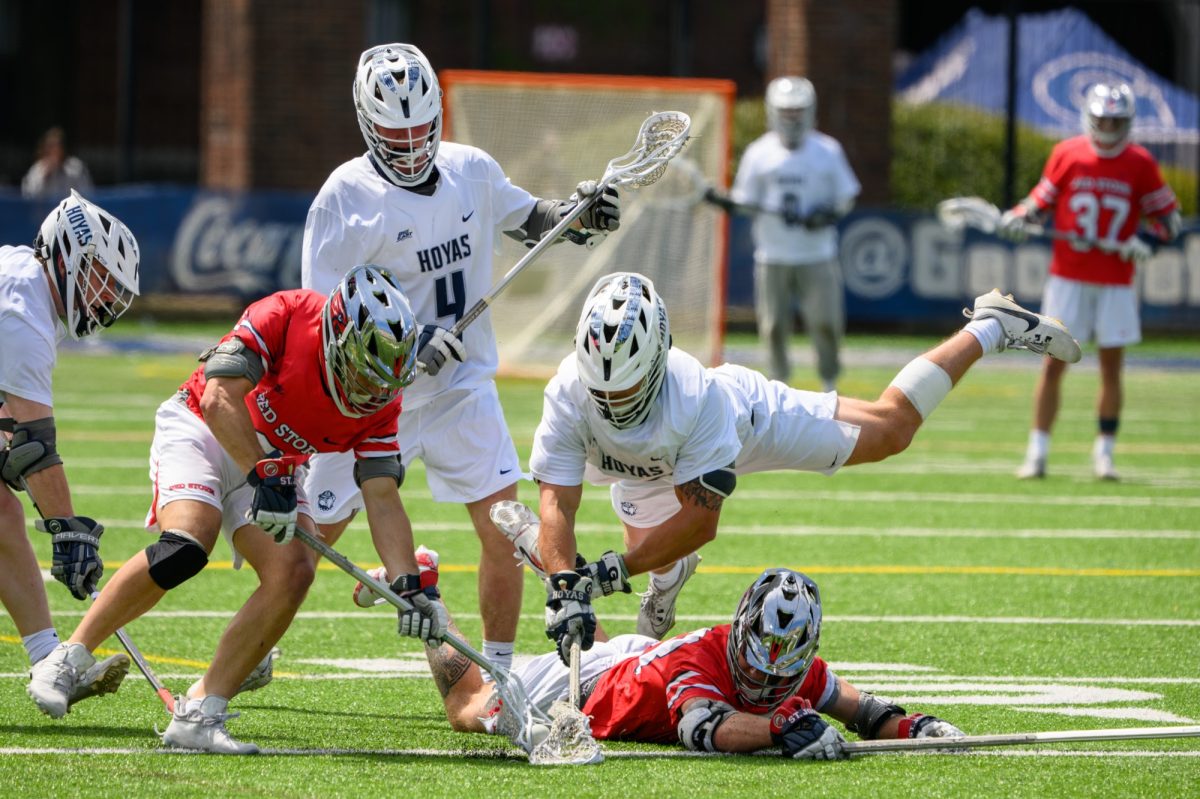College is all about fostering diversity — or at least it is supposed to be. The NCAA received the lowest score among all sports that were graded for racial and gender diversity by the Institute for Diversity and Ethics in Sports this past week. It was given a C+ in a report in which the primary author, Richard Lapchick, called the NCAA “disheartening.” He reported that the only other area in which gender and racial equity is worse is in sports media.
To list some figures, about 90 percent of all men and women’s head coaches are white, as are athletic directors, faculty and sports information directors. The number of African-American head coaches in Divisions I and II even decreased from the 2014-15 season to the 2015-16 season.
Not surprisingly, there is also a significant racial disparity between student-athletes and coaches. White men make up 58 percent of the Division I student-athlete population and 85 percent of Division I head coaches. In terms of gender disparity, men coach over 60 percent of women NCAA teams, while women coach only 3 to 4 percent of men’s college sports teams.
These results are indeed “disheartening.” The only good news that came from the report is that the NCAA earned the higher grade of a B for race in senior leadership and professional positions and an A- and A+ for gender in those same areas. However, the athletic leadership fails to represent the populations that play the sports, and this shows a lack of advancement toward racial parity.
As founder of the Rainbow PUSH organization and enduring civil rights leader Reverend Jesse Jackson said, “If we are dominant at the bottom and don’t rise to the top as coaches and GMs, we have gone from picking cotton to basketballs – it’s just not acceptable.” Power still resides largely in the hands of white men, and without a critical mass of minorities in leadership positions, they will continue to lack a strong voice in the decision making processes.
Similarly, Title IX was passed over 45 years ago, and yet women coach less than half of female NCAA teams. South Carolina won the national championship with Dawn Staley at the helm, which highlighted the fact that female teams usually do not have female coaches. African-American women in particular only made up 10.9 percent of coaching positions in 2015-16, and the overall number of women hired in college sports declined in 2016.
Lapchik did propose a few solutions that might not completely erase the problem but could certainly help it. One is applying something called the Eddie Robinson rule. First proposed by the National Association for Coaching Equity and Development two months ago, this directive would require NCAA institutions to interview at least one minority person for all head coaching and leadership positions before hiring a candidate.
His other suggestion was to apply the Judy Sweet rule, which would similarly require that two-thirds of candidates interviewed for women’s teams would be women. These proposals could potentially become required. Even having schools voluntarily follow these guidelines could encourage the improvement of racial and gender disparity at the top levels of college athletics.
It is an issue that direly needs to be addressed. As we see the incredible accomplishments of people like Dawn Staley, it is clear that minorities and women have an equal chance of succeeding as white men when given the opportunity to do so. They just need that opportunity, and it is the responsibility of NCAA leaders to provide them with it.
 Sinead Schenk is a senior in the College. A Level playing field appears every other Tuesday.
Sinead Schenk is a senior in the College. A Level playing field appears every other Tuesday.














